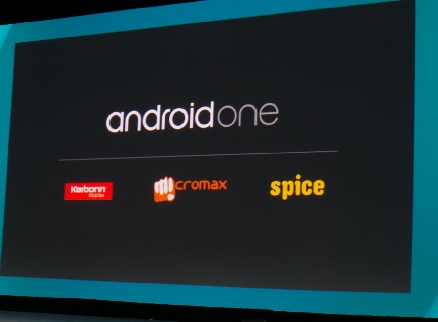
Google launched its Android One initiative in a bid to make “high-quality smartphones” as accessible as possible. While its intentions may have been noble, it appears that execution has so far failed to yield the results it was looking for. The company’s decision to only offer its first three Android One smartphones, the Karbonn Sparkle V, Micromax Canvas A1 and Spice Dream Uno, online has not only reportedly upset India’s leading retailers but also resulted in sales that did not meet expectations. In a country where brick-and-mortar sales still dominate sales, Google and its partners may now have a bigger challenge on their hands to make good on Android One’s promise.
Karbonn, Micromax and Spice only recently decided to sell their Android One through physical stores but are finding that retailers are not so inclined to carry the devices. “Since Android One decided not to sell in physical stores during its launch, we as part of modern trade, have decided not to stock Android One either,” said Sangeetha Mobiles Managing Director Subhash Chandra to The Economic Times. He is not alone. A number of other retail outlets, accounting for more than 1,800 stores across India, are not carrying Android One smartphones.
Another reason working against Android One are the razor-thin margins. Whereas the industry average margin falls in the 9 to 10% range, it is only about 3 to 4% for Android One devices.
Despite these early challenges, it appears that sales are starting to improve. Both Karbonn and Spice have found that sales shot up once brick-and-mortar sales began. Sales of the Spice Dream Uno have now topped 100,000 units with 80% coming from offline sales. Karbonn indicated that it is now selling some 3,000 Sparkle V smartphones offline daily whereas online sales have only reached 500 units a day. Micromax did not provide sales numbers.
It remains to be seen if Google and its partners will be able to overcome these initial hiccups. With plans to expand to Indonesia, the Philippines and South Asia (Bangladesh, Nepal, Pakistan, and Sri Lanka) by the end of the year and beyond in 2015, the lessons learned in India will likely serve it well going forward.
Sources : The Economic Times // Digital Trends
